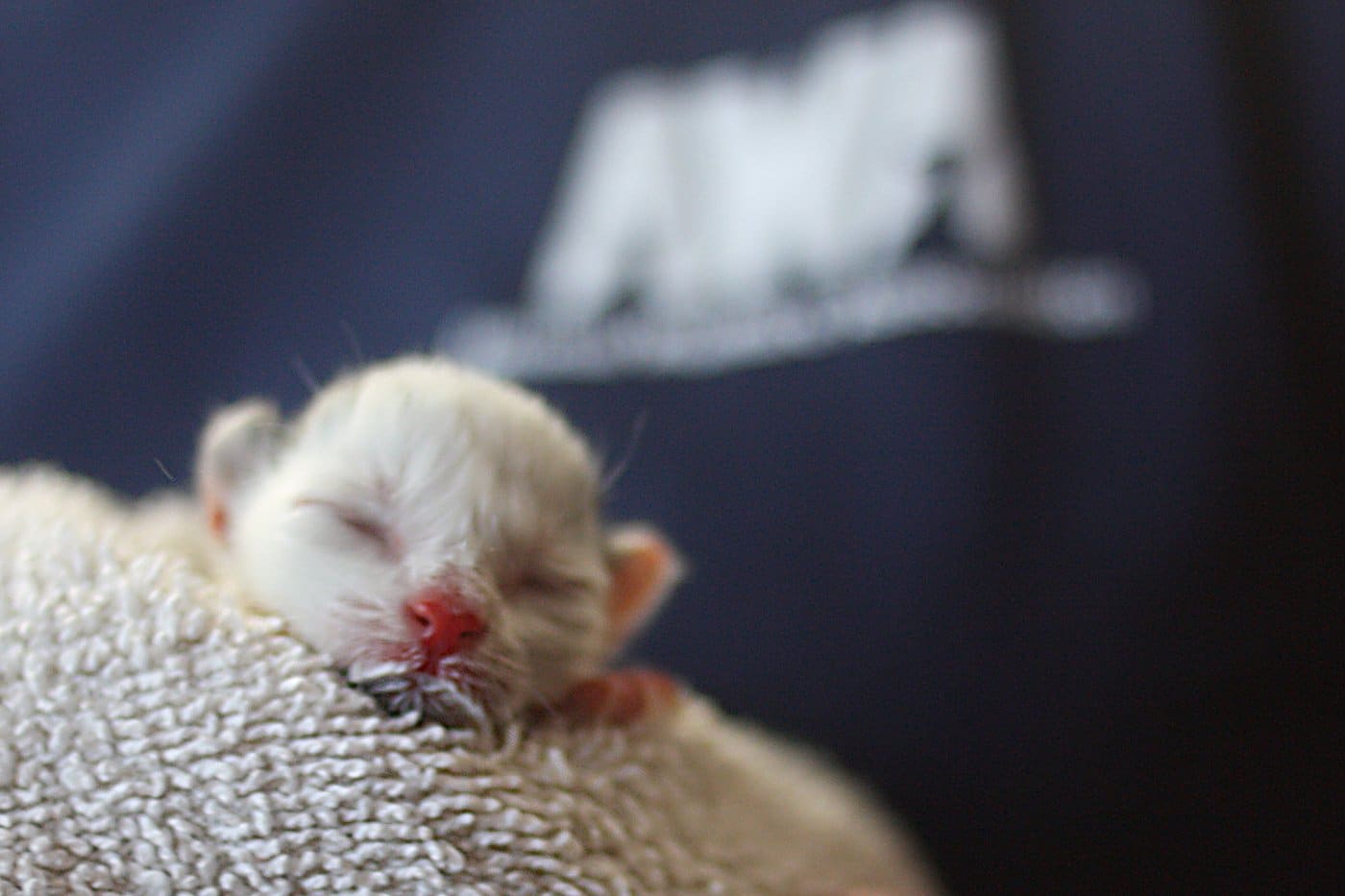
Pet Issues and Care
Pet Conditions, Illnesses & Diseases Explained
Did your pet receive a diagnosis that you’d like to understand better?
Here are a few issues & conditions that are common to pets. Routine wellness exams, with and without vaccinations, help keep your pet healthy. Illness exams with and without diagnostic testing, e.g. blood and urine testing, skin scrapes, ear cytology diagnose your pet’s illness, so we can provide a suitable treatment.
Acute Ear Infections
Due to bacteria, yeast, ear mites, allergies or a combination of causes. Infections/inflammation of the external ear canal cause red, itchy, sometimes smelly and sometimes painful ears in both dogs and cats.
Chronic Ear Infections
Same causes as acute ear infections, chronic or chronic-active ear infections are red, itchy, sometimes painful and/or smelly, and always accompanied by swelling of the external ear canal. Most often this swelling is appreciated as a narrowing of the external ear canal.
Anal Sac (gland) expression
Scent producing structures inside the anus of dogs and cats. These structures are full of many of the same types of bacterial found in dog or cat fecal matter. During each bowel movement the action of the anal sphincters help drain the anal sacs. Lack of proper drainage results in infection/inflammation of the anal sacs causing burning, itching, difficult or painful BMs. Pets with anal sac issues may scoot on their bottoms, or excessively lick, chew at their anuses or tails. Some pets will suddenly jump up and turn around and look at their backsides as if to wonder what “just bit them”.
Flea Bit Allergy or Flea Bite Dermatitis
Fleas may get on your dog or cat when they go outside, or may come in on human family members when they have been outside. Itchy, red rashes and varying degrees of hair loss common develop anywhere on your pet, but are most often prominent on the back and sides, or near the base of the tail of dogs and cats. Scratching, chewing, licking, and rubbing are common ways pets try to cope with this itchy pest. Breaks in the skin often result in bacterial and/or yeast skin infections.
Acute Lower Urinary Tract Infections
Just like in humans, female dogs and cats get more urinary bladder infections than males. This is because the vagina can be easily infected with some of the same bacteria found in feces. Things to look for in your four legged family members are straining to urinate, burning sensation or pain during urination, blood in the urine, excessive licking at their genitalia, increased urgency to urinate and urinary accidents in the house. For cats this means urination outside their litter box. Lower urinary infections commonly cause urinary bladder stones which may be painful or difficult to pass without medical help. ***FLUTDz which is an abbreviation for Feline Lower Urinary Tract Disease is especially noteworthy… sand like crystals accumulate in the urinary bladder and may make it difficult if not impossible to urinate for the (primarily) intact or neutered male cat. The majority of FLUTDz cases are not caused by bladder infections. Diet, medication and careful monitoring of your cats drinking and urination habits are important to manage this potentially life threatening condition.***
Upper Respiratory Infection
Coughing, sneezing, runny nose and/or eyes are the most common signs. Bacteria, viruses and fungi are the most common infectious causes. Wellness vaccinations at appropriate intervals help prevent the majority of common bacterial and viral upper respiratory infections.
Eye Infections
Called pink eye in humans. May be seen in the dog or cat, affect one or both eyes. Things to look for: increased redness in one or both eyes, clear & watery, cloudy & thick, or purulent (pus) discharge may be seen. Bacteria or viral causes are most common, and maybe seen with or without Upper Respiratory Infection.
Corneal Ulcers
The cornea is the clear window at the front of the eye. Bacteria, viruses, physical trauma such as scratches and chemical trauma may cause corneal ulcers. All corneal ulcers are painful and you may see cloudiness of the cornea, increased redness of eye, increased blinking, rubbing at eyes, increased squinting in bright light, or your dog or cat may even try to avoid sunlight or brightly lit rooms.
Diabetic Management
Dogs and cats with Diabetes Mellitus, a.k.a. Type I and Type II Diabetes in humans all have trouble with controlling their blood sugar levels. Blood sugar (glucose) levels rise above normal, and ultimately spill over into the urine. Diabetics are at risk for lower urinary tract infections, urinary bladder stones, pyelonephritis (kidney infections). Weight & dietary management and often times insulin are important factors of diabetes care. Diabetic pets are often although not always overweight (similar to their human counterparts), drink and urinate more than usual, have ravenous appetites. They generally maintain or gain weight early, but may lose weight in later stages of the disease process.
Hypothyroidism
An underactive thyroid gland is more common in the dog than the cat. The thyroid gland is responsible for controlling the metabolism of the entire body. Look for your dog to have physical or mental sluggishness, obesity, and sometimes increased susceptibility to infectious disease. Dogs with hypothyroidism commonly present with other conditions such as chronic skin or ear infections and non healing wounds. They also may not be able to regrow their hair coats after being shaved for grooming purposes or surgery.
Hyperthyroidism
An overactive thyroid gland is more common in the cat than the dog. The thyroid gland is responsible for controlling the metabolism of the entire body. Look for your cat to have weight loss despite a ravenous appetite, restlessness, irritability, vomiting, diarrhea, and even heart problems.
Cardiac Disease Management
Dogs and cats get heart disease just like people do. Dogs commonly cough during heart disease/failure, but cats generally do not. Look for exercise intolerance and lethargy in both dogs and cats. Heartworm disease, valvular heart disease, cardiomyopathy (disease of the heart muscle-more common in the cat), hypertension (high blood pressure) are some common causes. AWA’s Clinic does not have radiographic (XRay) capabilities so you are encouraged to get radiographs as needed at the many capable full service veterinary practices in our area.
Respiratory Disease Management
Bacterial and viral causes in both dogs and cats, commonly result in coughing, sneezing, with and without runny nose or eyes. Cats also get asthma and cough and wheeze similar to humans.
Seizures
Dogs and cats get seizures for a variety of causes including hypoglycemia (low blood sugar), brain infections, head trauma and epilepsy to name just a few.
Chronic Skin Problems
Dogs and cats get chronic skin disease due to bacteria, yeast, fungal and parasite infections. Food allergy and atopy (allergy to pollens, dust and mold), hypothyroidism and Diabetes Mellitus may also predispose a pet to chronic skin issues.
Hip Dysplasia
Is a congenital, developmental condition resulting in instability of the hip joints, sometimes weakness in the hind legs, and generally always some degree of pain of the hip joints. When a pet has hip dysplasia they may get arthritis of their hips prematurely.
Heartworm Prevention
All dogs should get a blood test annually for Heartworms. If your pet’s blood test is negative, then we strongly recommend Heartworm prevention for 12 consecutive months of the year. If your pet’s blood test is positive, then we will have a conversation about Heartworm treatment.
Lyme Disease
Is one of the tick-borne diseases together with Ehrlichiosis, Rocky Mountain Spotted Fever, Babesiosis. A test called “4DX” is available that can screen for Lyme, and the other tickborne disease, as well as Heartworms. Ask our clinic staff about this today.
Prevent Common Diseases
Heartworm Disease
Dogs may become infected with heartworms, a parasite spread by mosquitoes. Heartworm disease can be deadly if not detected and treated early in the course of the disease. A simple blood test is used to detect the presence of adult heartworms and then a convenient once-monthly flavored medication can be given to prevent the development of adult heartworms.
Feline Leukemia Virus (FeLV) and Feline Immunodeficiency Virus (FIV)
These viruses are spread through direct contact between cats. Depending on your cat’s activity and age, FeLV vaccination may be recommended.
Intestinal Parasites
Some infestations of intestinal parasites require additional treatments. Fecal (stool) analysis is a simple test that can be performed to look for intestinal parasites.
Leptospirosis
A bacteria spread in the urine of wildlife and dogs which can cause liver and kidney failure. This disease is zoonotic (it can spread from animals to people). Depending on your new dog’s activity, this may be a vaccination recommended by your veterinarian.
Lyme & other Tickborn Disease
Protecting your cat or dog (or both) from ticks is an important part of disease prevention. In fact, there are several diseases that can be transmitted to your pet from a tick bite. Dogs are very susceptible to tick bites and tickborne diseases. Vaccines are not available for all the tickborne diseases that pets can get, and they don’t keep the pets from bringing ticks into your home. For these reasons, it’s important to use a tick preventive product on your dog. Oral antibiotics are used to treat Lyme disease. There is also a a vaccine for Lyme disease available for dogs (though there is currently none for cats). If you live in an area where deer ticks are endemic, you should have your dogs vaccinated yearly.
Flea & Tick Prevention
Depending on where you live, your pet’s outdoor activity/exposure, and travel plans, your pet may need flea and tick prevention seasonally or year round.
Obesity
Prevent obesity through appropriate diet, feeding and regular exercise. We all know that obesity is a serious problem for people; the same is true for pets. When our furry companions are obese they are more prone to heart disease, breathing problems, diabetes, bone and joint pain and trauma, certain cancers and an overall shorter lifespan. The most common reason for pets to be overweight is usually our fault: we either feed them too much, feed them high calorie/low nutrient snacks, or we don’t allow them enough exercise. We need to strive to keep our pets at an “ideal body condition.” You should be able to feel your pet’s ribs through a thin layer of skin and muscle and you should be able to see a waistline behind the rib cage.
Feed a well-balanced pet food in a proportion that is appropriate for your pet.
Choose healthy treats in small amounts. Carrots, green beans and freeze-dried meats are low-calorie options.
Work with your veterinarian for feeding amounts, body condition score assessment and weight monitoring.
Provide your pet with regular exercise to keep him fit.
For dogs, consider activities like walking briskly, jogging, swimming and retrieving.
For cats, choose interactive toys such as feathers, balls or paper bags.
Dental Disease
Prevent dental disease with regular dental cleanings, brushing teeth, chewing activities and diet. Dental care is a critical part of your pet’s overall health management. When plaque and tartar build up on the teeth this leads to periodontal disease which causes pain, bad breath and tooth loss. The bacteria in plaque can spread through the blood to the heart and kidneys causing other serious medical problems.
Brush your pet’s teeth daily starting at a young age.
Use toothpaste specially formulated for animals. Human toothpaste can be toxic and is not recommended.
Consider dental chews, diets, dental treats and water additives for pets that are hesitant to teeth brushing.
Read our informative brochure on preventing dental disease here.

